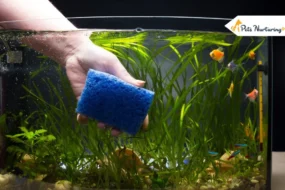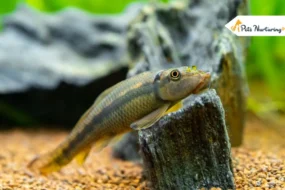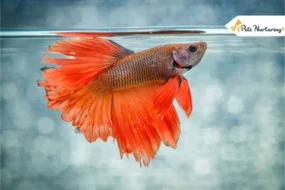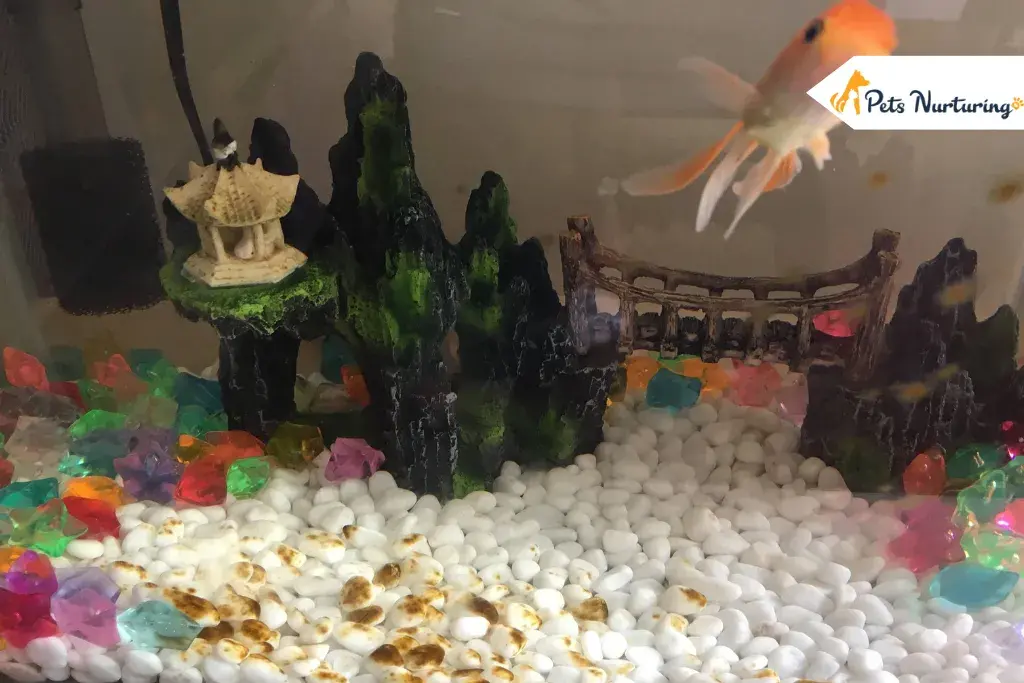
Struggling with stubborn brown algae in your fish tank? You’re not alone. Brown algae, also known as diatoms, can quickly cover tank surfaces, making your aquarium look dirty and potentially impacting your fish’s health. In this guide, you’ll learn exactly what causes brown algae, why it appears, and proven methods to remove and prevent it for good. Keep your aquatic friends healthy and your tank sparkling clean with these expert tips.
Brown Colored Algaes
Every brown-colored algae is composed of Phaeophyceae Class. They are a substantial category of algae. These multicellular algae also consist of various seaweeds, which are mainly available in all cold marine waters.
It is crucial to understand that these are not the algae that are formed in your aquarium. Many different brown-colored algae are available in freshwaters. These brown algae are scientifically recognized as Golden Algae, Chrysophyceae, and other yellow-brown algae. All of them are a great source of food for marine life. Thus, never mistake these with the ones that are coated in your aquarium.
All these freshwater brown-colored algae are full of minerals. They are made up of single-celled organisms. These organisms are made of cellulose cells, which form like a wall that looks like plants. Remarkably, these organisms are the golden-brown algae, which are never formed in still water.
The brown algae in fish tanks are scientifically known as Silica Algae. They seem to be brown due to the artificial lighting of the aquariums. These brown algae are not at all suitable for marine life. One has to be very careful and remove it as soon as possible.
What is Silica Algae in a Fish Tank?
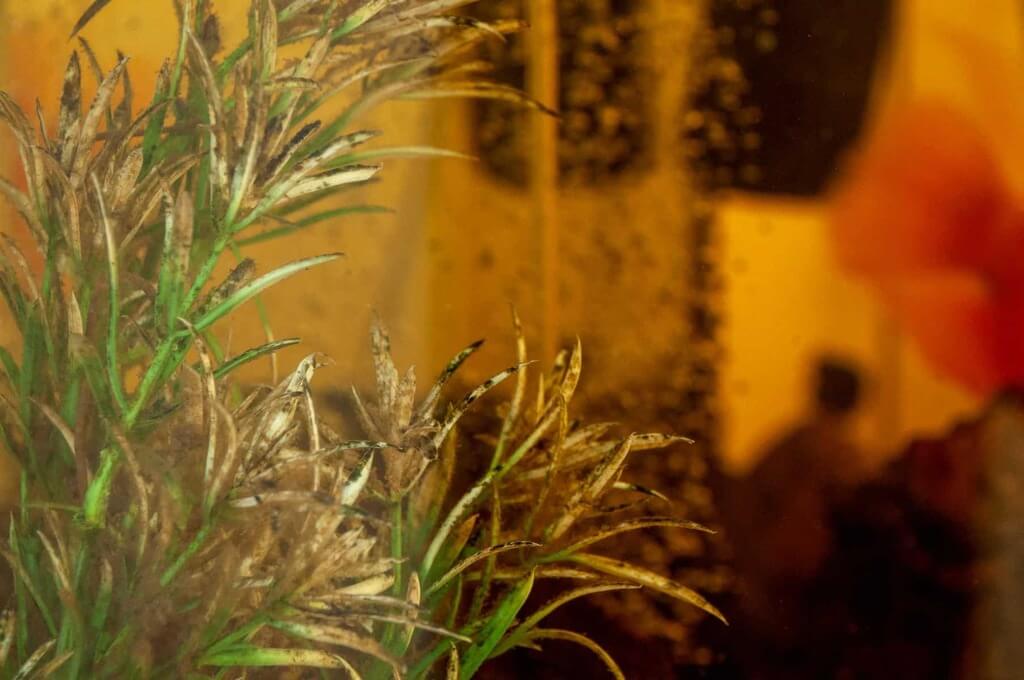
This Silica alga is formed when silicon mixes with oxygen. And silicon is a joint compound that is commonly found in glass, sandstone, and quartz. When these substances are pre-existing in every aquatic environment, myriads make use of them.
Myriads are single-celled organisms that are present in stable water bodies. And these are commonly present in most aquariums. Myriads create a protective shell on their outer layers with silicon present in water. These layers that are created are called Diatoms. Diatoms are the algae that are commonly known as brown algae in saltwater fish tanks.
Brown algae in saltwater fish tanks and fresh waters are widespread. They tend to make their presence in both forms of water bodies. They can form in colonies or a single body. These are heavy-celled organisms that cause them to sink to the bottom of the aquarium. Thus, they eventually form a layer, resulting in brown algae that we can see in the aquarium.
If this same layer formation occurs in freshwaters, fish and other marine life can consume them without fear. However, these brown algae in fish tanks are not a good food source for home aquatic life. Why so? You will get to discover it as you read further.
Are Brown Algae in Fish Tank Good or Bad?

Now that we have understood what these brown algae in fish tanks are, it is better to learn whether they are safe or not. These Diatoms are not harmful to fish even if they consume them by mistake. However, they are not advisable if they are formed in an aquatic environment.
The freshwater has other good minerals in them, so even if they have diatoms, they are beneficial for the fish to consume. At the same time, aquatic water can contain dust and other particles that may not be advisable for the fishes to consume. So, if your fishes are consuming them, it is not a great deal, still, try removing them whenever they are formed.
The second reason is, they make the aquarium look less appealing. These diatoms will not form a frame on your fish tank. Instead, they will settle down on the base or flow in the water. This can eventually look messy and deteriorate the beauty of the interiors in your aquarium.
Thus, you can say that the Brown algae in fish tanks is not harmful, but it is not even suitable for your fishes. It is about, are brown algae bad for fish? Our sweet little friends deserve a clean and healthy environment to reside inside. Thus, it is important to keep cleaning the brown algae in the fish tank.
How Does Brown Algae in Fish Tank Cause?
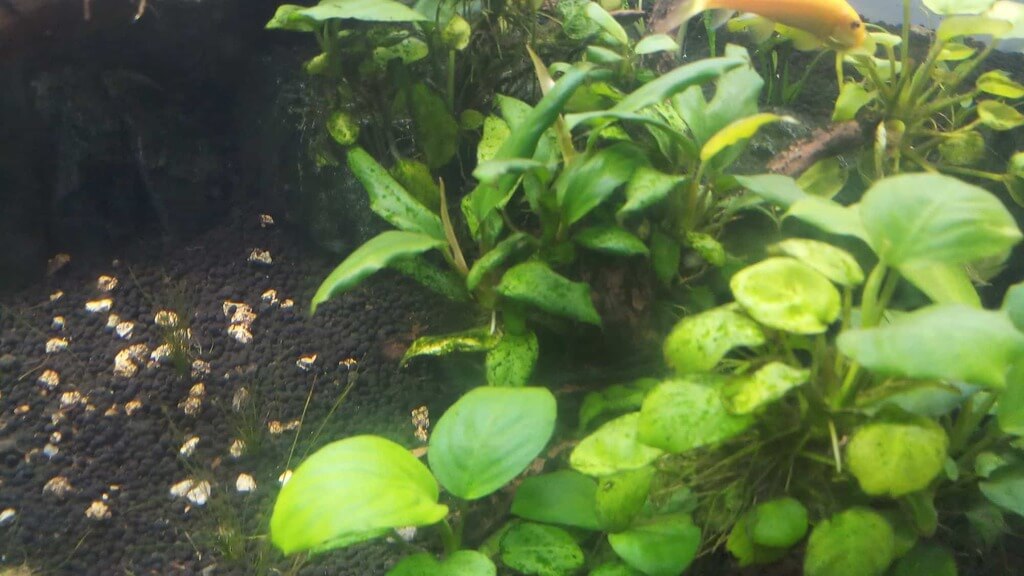
There doesn’t need to be only one reason for the cause of brown algae in fish tanks. There are various reasons for brown algae in fish tanks. So, it is better to discover the reasons before the remedies and prevention. So, look for the four primary reasons for the brown algae in the fish tank cause.
Bad Lighting
Though this is not an explicit scene, it still affects brown algae formation in fish tanks. Lousy lighting has a contribution to the building of the brown algae. Just because water contains silicate substances, dull or dim lighting can be an excellent source for the growth of brown algae.
It is experienced that bad lighting can cause the algae to grow fast and spread quickly in the environment. That is why even the aquarium sellers ask you to install the correct lighting to maintain the right amount of brightness in water.
Presence of Silicate in Water
Silicates are the base cause of brown algae in a fish tank. They instantly connect and attract diatoms towards them. In simple words, silicate is the favorite food for every diatom. Silicates are one of the significant causes that brown algae spread speedily. Here are some of the reasons that cause silicates to form in your aquarium.
- Mix Salt
- Tap Waters
- Live Sand
- Live Rocks and Stones
These are the primary aspects that can cause silicates to emerge in aquatic environments.
Phosphates in Waters
Phosphates are another source for the immersion of brown algae in fish tanks. They are created from the wastes available in the water. Phosphates are primarily found in the waste particles present in water. They create a platform for the easy growth of brown algae in a fish tank. Sometimes, knowing the exact sources of phosphate will help you to prevent the aquarium from brown algae.
- Plant Decays
- Fish secretions
- Food Remains
- Tap Waters
- Well Waters
- Dead Fish
- Dead Algae
These are some of the primary reasons for phosphate, if you know these sources, brown algae formation can be prevented.
Residence of Nitrates
Silicates don’t need to be the only primary source of brown algae.
Nitrates are usually found in the basics of an aquarium. The fact is without nitrates, and your fish won’t get clean filtered water to reside inside. Thus nitrates are essential. However, they do make a source of brown algae formation in fish tanks.
Look at the sources of nitrates in an aquarium:
- Fish Food
- Fish Secretions
- Plant Fertilizers
- Decayed Plants
- Tap Water
These were the sources or mediums that can result in brown algae in fish tanks. Based on this, now let us move on to the central focus of the blog.
How to Get Rid of Brown Algae in a Fish Tank?
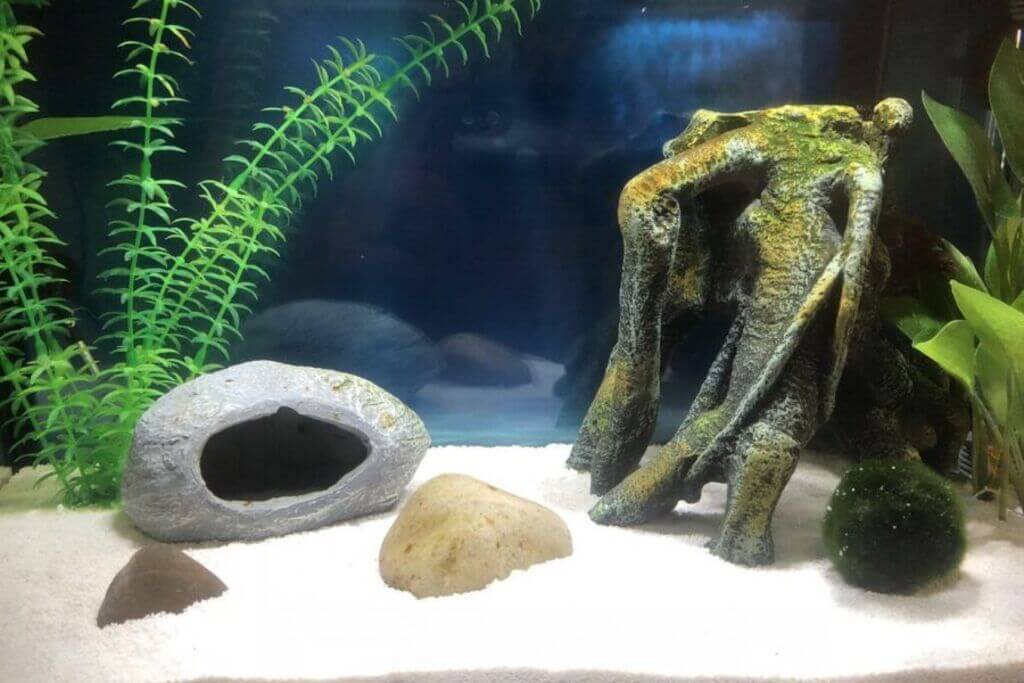
How to get rid of brown algae in a fish tank is the primary concern. But, you need not worry when we are here. I have compiled the expert’s advice over here on brown algae removal in fish tanks. Once you have done the removing part, all you will have to do is prevent it from occurring back.
Absolute Filtration
Filters play a vital role in removing the brown algae in fish tanks. Filters ensure to keep the water clean and suitable for your fish. It is crucial to select the right filter for your aquarium. Usually, it is better to personally explore different filters for the better living experience of our little friends.
Filtration continuously vacuums the immediate unwanted particles and provides clean and suitable water to fishes. Keep checking the filters regularly. Keep cleaning and sterilizing the filters that will help you vacuum the brown algae better.
Change the Water
After you have cleaned and sterilized the filter, it is time to change the water. Safely shift the fish into a clean container and change the water. Clean, rinse and clean every surface of the aquarium with the existing water and flush it out. With clean and sterile water, rinse the aquarium. Clean every interior with clean and fresh water.
Before refilling the water in the fish tank, follow the next step. Cleaning the glass before filling the fresh water in the tank is crucial. Glasses contain silicate, which can turn into a source of growth of brown algae in fish tanks.
Wipe the Glass
Brown algae cannot float, which is why they get accumulated on glass. This is why it is crucial to clean and wipe the glass after flushing out the water from the tank. Fiber glasses are a great source of emitting silicon. Silicates are nothing that will take a longer time for cleaning.
Clean the glasses with a clean, soft cloth, which won’t create scratches on the frames. After wiping with a wet wipe, start wiping with a clean and dry wipe. Ensure that you are cleaning every single corner and surface of the tank. There are chances that the algae have accumulated on the corners. For deep cleaning, you can use brushes to remove the brown algae from the extreme corners.
Vacuum the Interiors
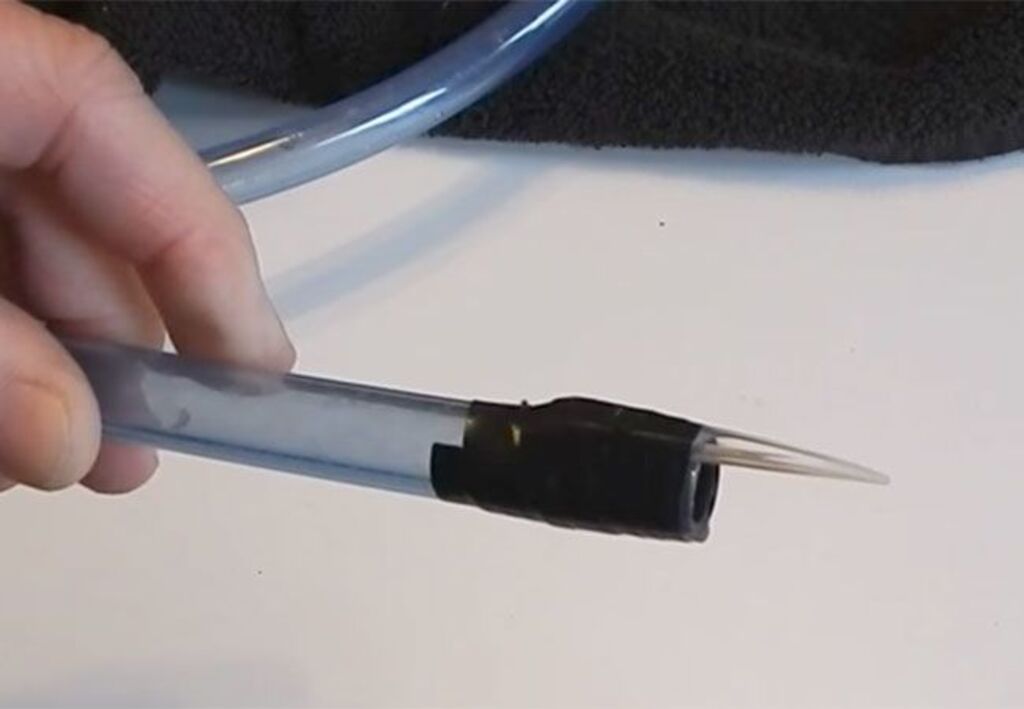
Once you are completely done with all the steps mentioned above, it is time to vacuum and dry the interiors of the fish tank. Vacuuming every corner and interior of the fish tank will remove all the left-out residents. Before refilling the tank with clean and fresh water, dry out all the interiors. This will help you to eliminate every slight left out of brown algae in a fish tank. And with this, you have successfully removed the brown algae in the saltwater fish tank.
Now you can pour the freshwater, place back your fish in their clean home. Once you have shifted the fishes back in their space, start the filter to maintain the perfect aquatic environment for the little angels.
Now that you have successfully got rid of the brown algae, it is time to understand how to prevent them from occurring soon.
Prevention from Brown Algae in Your Fish Tank
Here are some of the methods that can help you keep your fish tank free from brown algae.
Provide Proper Lighting
Proper lighting won’t allow the algae to grow fast. Brown algae grow in dark and dull environments. If you have maintained the brightness in the fish tank, the growth of silicates will be reduced to a higher percentage.
Maintain the Movement of Water
Brown Algaes overgrow in still water. If you manage to maintain a flow in the water, you can reduce the chances for the algae to grow. Brown algae are bad swimmers, so maintaining the water movement will help prevent the fish tank from the algae.
Regularly Deep Clean the Fish Tank
Regularly clean the fish tank. By cleaning, I mean deep cleaning. Deep cleaning will help to eliminate the algae from the base or the surfaces. It will maintain a clean and healthy base, which won’t allow the algae to grow.
Never Overfeed Your Fish
Ensure that you are feeding the fish in a proper and accurate quantity. Overfeeding will lead to the remains of the food in the fish tank. Food remains are an excellent source for silicates to grow fast. Thus, avoid feeding more than their requirement.
Final Thought
It is not a great deal to remove the brown algae in a fish tank. However, understanding the root cause and later eliminating the brown algae will help you for a long-lasting result. Later you have to prevent it from occurring again. Our fish deserve to stay in a clean and healthy atmosphere. So, it is better to remove the algae from the tank to provide our friends with a deserving environment.
In case you missed it!









